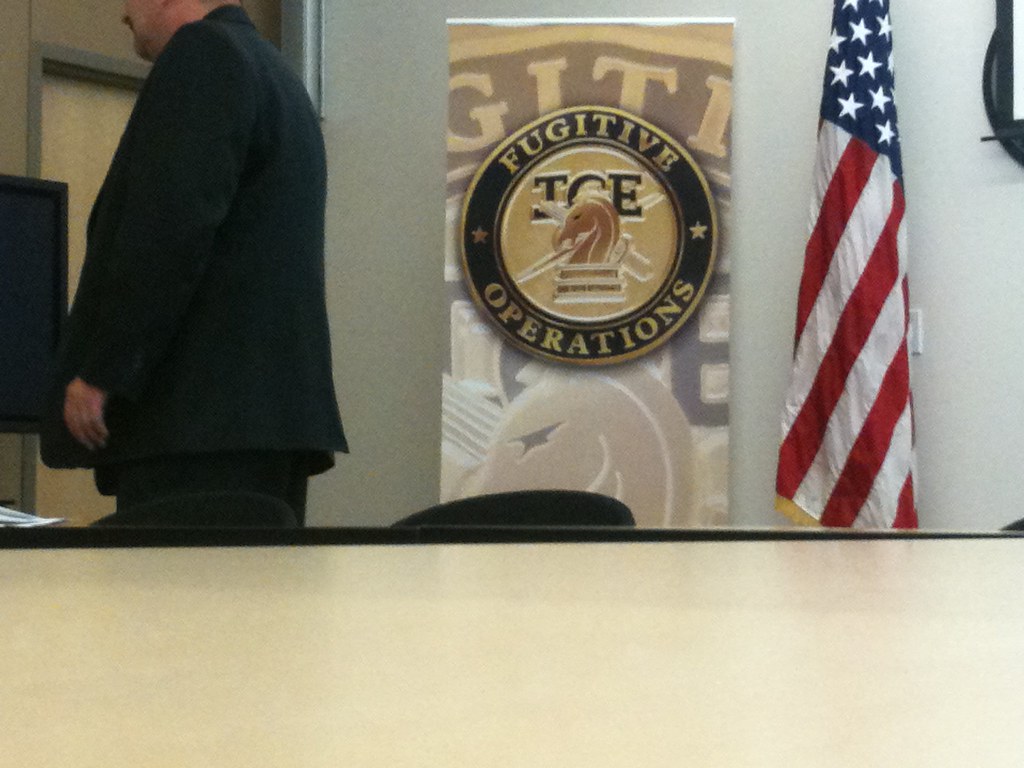Key Takeaways
• The Trump administration is removing up to 12 ICE leadership chiefs.
• New chiefs may come from Border Patrol and Customs and Border Protection.
• Experts warn that immigration raids will become more aggressive.
• Civil rights groups fear broader sweeps and less targeted arrests.
ICE leadership purge sparks fears of tougher raids
Under President Donald Trump, immigration agents often acted on instinct. They sent masked officers to grab people without clear warrants. Now, top officials say the White House wants to replace about a dozen ICE leadership chiefs. They plan to bring in Border Patrol and Customs and Border Protection officials instead. This change could unleash a bolder style of enforcement across the country.
Background: How ICE leadership worked before
ICE leadership once focused on targeted arrests. Agents tracked people with criminal records or deportation orders. They watched suspects’ routines before moving in. Their methods aimed to reduce chaos in immigrant communities. However, critics argued that even these arrests sowed fear.
Transitioning from that approach, Border Patrol often uses roving sweeps. Agents have carried out surprise checks in public places. They have stopped immigrants at Home Depot stores, flea markets, and car washes. Federal judges have stepped in to limit these stops. Yet, the new ICE leadership shift may copy that aggressive style.
New faces in ICE leadership
According to reports, up to 12 field office chiefs face removal or reassignment. Corey Lewandowski, a former campaign manager for Trump, is said to lead the effort. Some open spots could go to officials handpicked by Border Patrol Commander Greg Bovino. Bovino is known for a “Midway Blitz” tactic—sudden, large-scale operations on foot or in vehicles.
Replacing ICE leadership with Border Patrol veterans means a big change. Border Patrol agents often work near the border. Their goal is to stop unauthorized crossings. In contrast, ICE agents pursue people already inside the U.S. Switching roles can expand tactics. For example, sweeping raids in major cities might rise.
Why this matters
First, the shift affects hundreds of ICE agents. New chiefs set local policy. They decide when, where, and how to act. If aggressive tactics dominate, workers will follow. Second, immigrants fear the change. Many already avoid public places out of worry. More raids could shut off access to groceries, jobs, and schools. Third, legal challenges may grow. Civil rights groups could file new lawsuits over broad patrols.
Aaron Reichlin-Melnick, a fellow at the National Immigration Center, called the purge a “huge moment.” He worries the old guard focused on criminals. In his view, the new ICE leadership push linked to Border Patrol could target anyone. Reichlin-Melnick warned, “Think things are bad now? It’ll get worse.”
Moreover, these changes come at a time of high political tension. Immigrant communities already feel under siege. Therefore, any spike in raids risks igniting protests and court fights.
What the ICE leadership change means
First, arrests may lose precision. Previously, ICE agents planned for days or weeks. Now, they might act on short notice. Second, local enforcement could ignore city laws. Some towns limit cooperation with federal agents to protect public safety. New ICE chiefs might override these measures. Third, data on arrests may climb. Trump’s team measures success by numbers. More raids mean more reported deportations.
Finally, morale at ICE may dip or soar. Some agents thrive on bold moves. Others dread legal traps and public backlash. Either way, field operations will face a shake-up.
Potential legal battles
Already, federal judges blocked parts of Border Patrol’s city patrols. They ruled that agents overstepped their authority. If ICE leadership leans into similar tactics, lawyers plan new suits. States or cities could seek injunctions to halt certain operations. Courts will weigh public safety against the government’s power. In past cases, judges sided with immigrant rights groups. This cycle may repeat.
How communities might respond
Community groups are ready to fight. They promise to monitor ICE raids and report abuses. Legal aid organizations prepare hotlines for anyone arrested. Moreover, local governments are drafting plans to counter federal actions. Some may offer sanctuary spaces or emergency housing. Together, these measures aim to shield families at risk.
What comes next
For now, migrant advocates watch closely. They expect official announcements soon. In the meantime, they urge people to know their rights. They advise carrying essential documents, like a consular card. They also recommend having lawyer contacts saved on every phone. This way, if ICE leadership orders a sudden sweep, people can react quickly.
Despite uncertainty, one thing seems clear. The face of ICE leadership is on the brink of a big makeover. And with that shift, the character of U.S. immigration enforcement could tilt sharply toward aggression.
FAQs
How many ICE chiefs will be removed in this purge?
Reports say up to twelve field office chiefs may be reassigned or removed.
Who is leading the effort to change ICE leadership?
Corey Lewandowski is said to spearhead the purge, with input from Greg Bovino.
What’s the difference between ICE and Border Patrol tactics?
ICE usually plans targeted arrests on known individuals. Border Patrol often does roving, large-scale patrols in cities.
How can communities prepare for more aggressive raids?
People should know their rights, save lawyer numbers, and stay connected with local legal aid groups.

